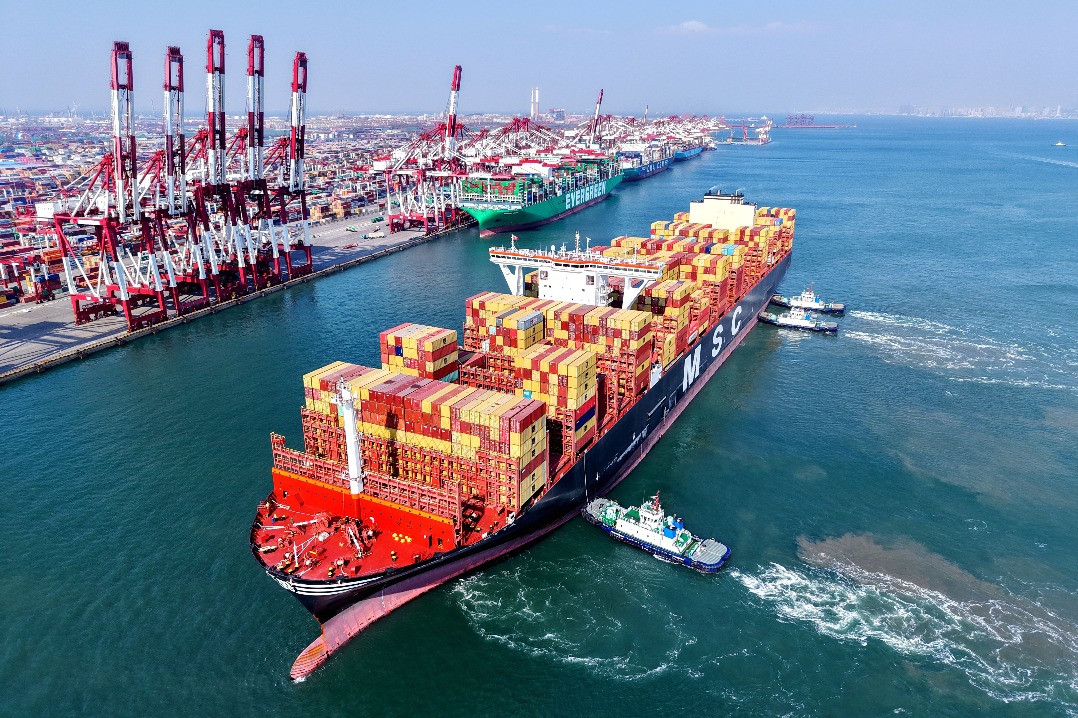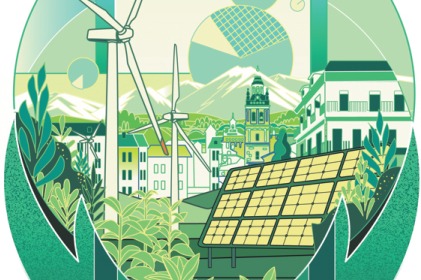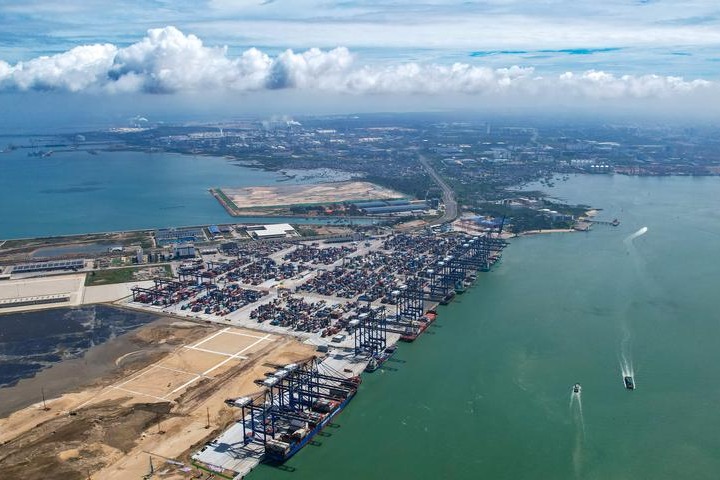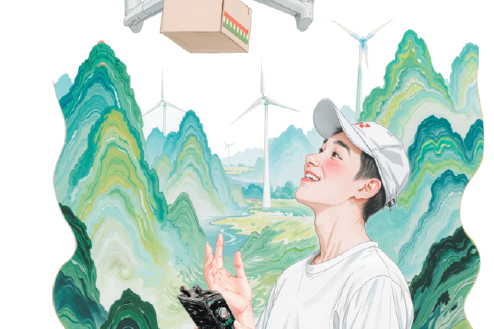Disaster prevention vital for food security

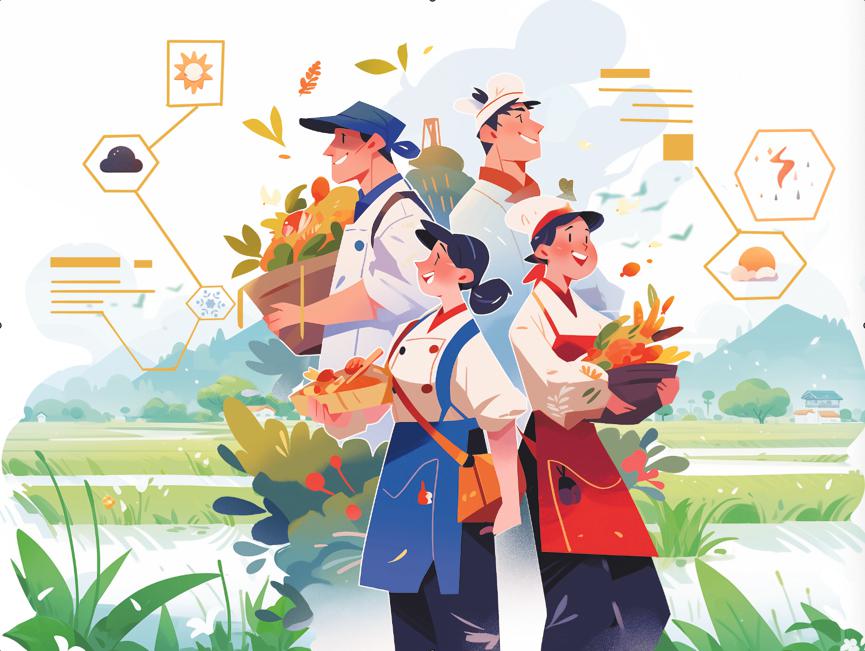
Climate change is causing frequent extreme weather events, escalating the scale of agricultural disasters and making food security increasingly uncertain. Exacerbated disasters have become a key reason for the global food security crisis, slowing the growth of food productivity and increasing global food security risks.
Being especially sensitive to climate change, China is experiencing a surge in agricultural disasters, with a projected 5-10 percent decline in comprehensive grain production capacity by 2030 if no appropriate measures are taken.
This year China has seen major disasters, from widespread and prolonged rainfall that caused mature wheat to rot in the Yellow River-Huaihe River region, also known as the Huang-Huai region, from late May to early June, to extreme heavy rainfall in North and Northeast China from late July to early August, droughts in the southwestern region during winter and spring, summer droughts in North and Northeast China and autumn droughts in the northwestern region.
The characteristics of agricultural disasters this year are multifaceted, with disasters occurring in various combinations. The spatial and temporal differentiation of natural disasters shows a pattern of "heavier in the north, lighter in the south, heavier in the east, and lighter in the west".
The impact of agricultural disasters caused by climate change on food security is extensive, and manifested in the quantity and quality of grain output, which can affect the livelihoods of farmers, exacerbate poverty, undermine agricultural resource utilization, and affect the sustainable development of related industries.
Hence, safeguarding food security and strengthening disaster prevention and reduction mechanisms are of critical importance.
First, it is necessary to better monitor disasters, improve the early warning and forecast systems, and strengthen the emergency response capabilities. To do so, it is necessary, among other things, to prepare disaster prevention and reduction data models, build a foolproof system of monitoring disasters and early weather warning systems, establish a national agricultural remote sensing application center, and improve the risk-assessment system and risk-prevention measures.
Also, using big data and the internet of things to broaden channels for disseminating information on disasters and issuing early warnings through mobile apps and other means are necessary to address the issues related to the forecast of meteorological disasters.
Second, it is essential to improve the agricultural infrastructure to boost the disaster resistance capability. It is also necessary to coordinate the use of funds at all levels, ensuring adequate funds are available for improving the agricultural infrastructure, and expediting the construction of key projects including flood control, drought resistance, and soil and water conservation systems.
Besides, there is a need to strengthen the supervision, assessment, operation and maintenance of infrastructure projects, as well as identify the problems and weaknesses in the agricultural infrastructure, particularly the infrastructure for grain production.
Prioritizing the rational spatial layout of water conservancy facilities, accelerating the construction of a national water network, reconstructing irrigation channels and irrigation-fed areas, and advancing the construction of contiguous high-yield fields for drought and flood protection are essential for better allocation of water and soil resources for grain production.
In addition, repairing damaged farmlands and agricultural facilities to solve the irrigation and production problems caused by disasters is crucial for minimizing losses and restoring production as soon as possible.
Third, leveraging agricultural insurance and improving disaster risk mitigation mechanisms, and establishing a disaster risk transfer mechanism supported by both central and local government financing are of utmost importance.
In addition, by encouraging farmers to participate in policy-oriented agricultural insurance plans — which also cover income from grain production — the authorities can help create a financial safety net for them. And the expansion of insurance coverage and subsidy ratios for different agricultural policies at local levels will further fortify this safety net.
Continuing to make efforts to regulate the agricultural insurance market and strike a balance between effective markets and proactive government intervention is also necessary for stable and orderly development.
And fourth, fostering global collaboration is essential for collectively addressing climate change risks. Building multilateral cooperation platforms under the Belt and Road Initiative is essential to deal with natural disasters, coordinating climate cooperation efforts and strengthening the global climate assistance framework will contribute to long-term, institutionalized climate collaboration.
The idea is to facilitate global cooperation in order to prevent and deal with natural disasters, allowing countries to tailor their climate actions according to their national situation.
It is also necessary to participate in global climate change negotiations and support the comprehensive implementation of the Paris Agreement. By translating climate goals into policies and concrete measures, a cooperative and equitable global climate governance system can be established, which will help other developing nations better safeguard food security.
Cui Ningbo is a professor at the College of Economics and Management, Northeast Agricultural University; and Dong Jin is a doctoral candidate at the same university. The views don't necessarily reflect those of China Daily.
If you have a specific expertise, or would like to share your thought about our stories, then send us your writings at opinion@chinadaily.com.cn, and comment@chinadaily.com.cn.

















